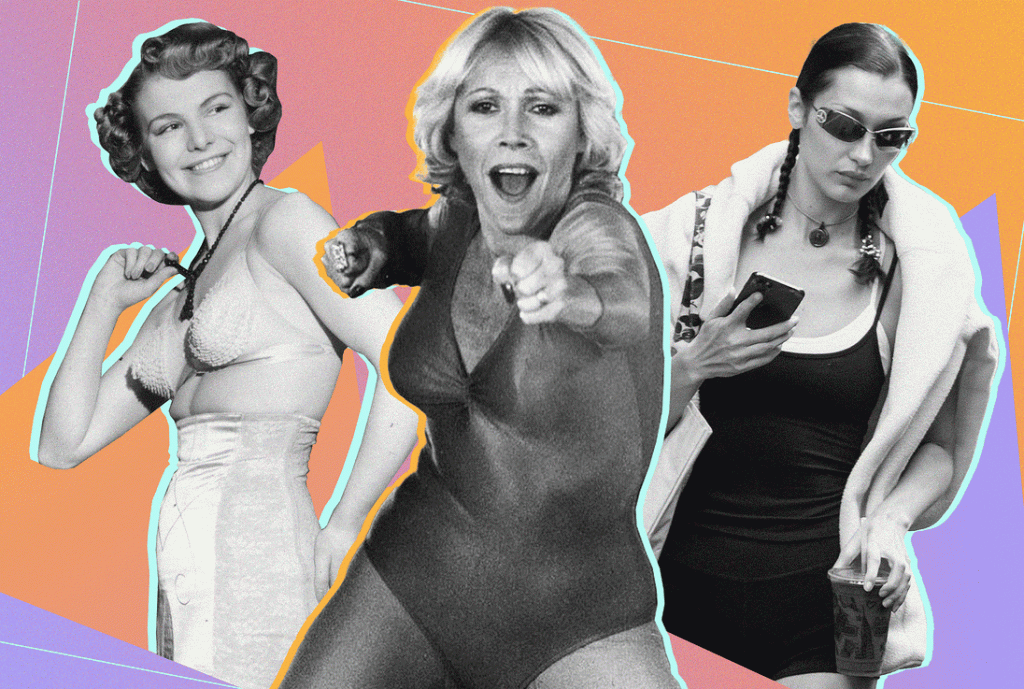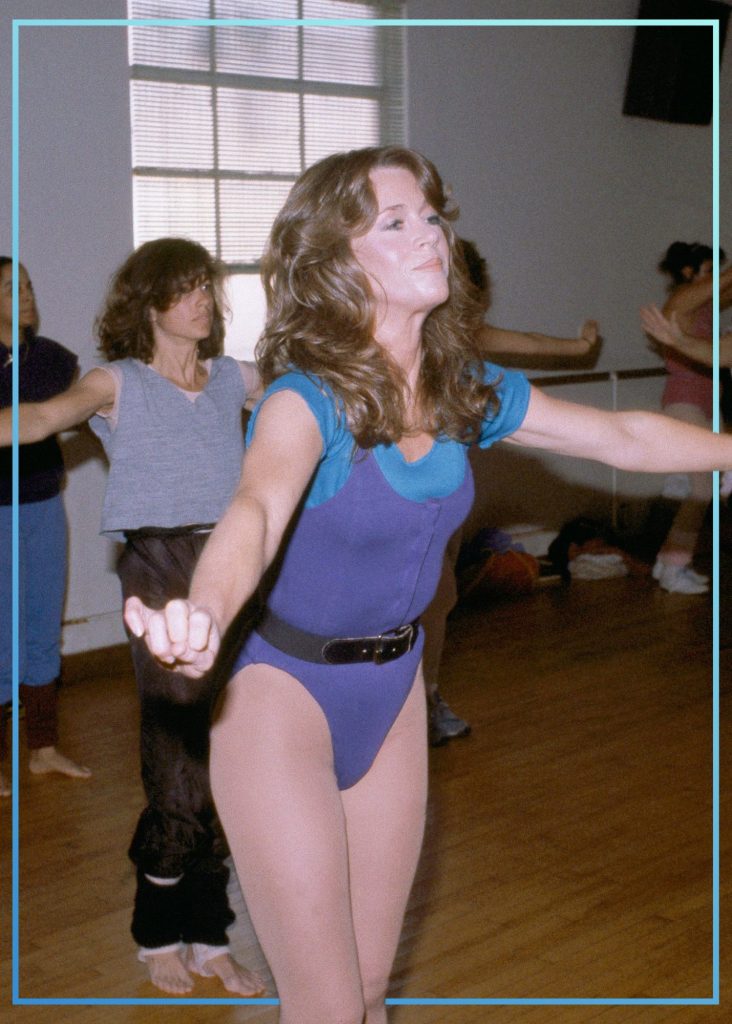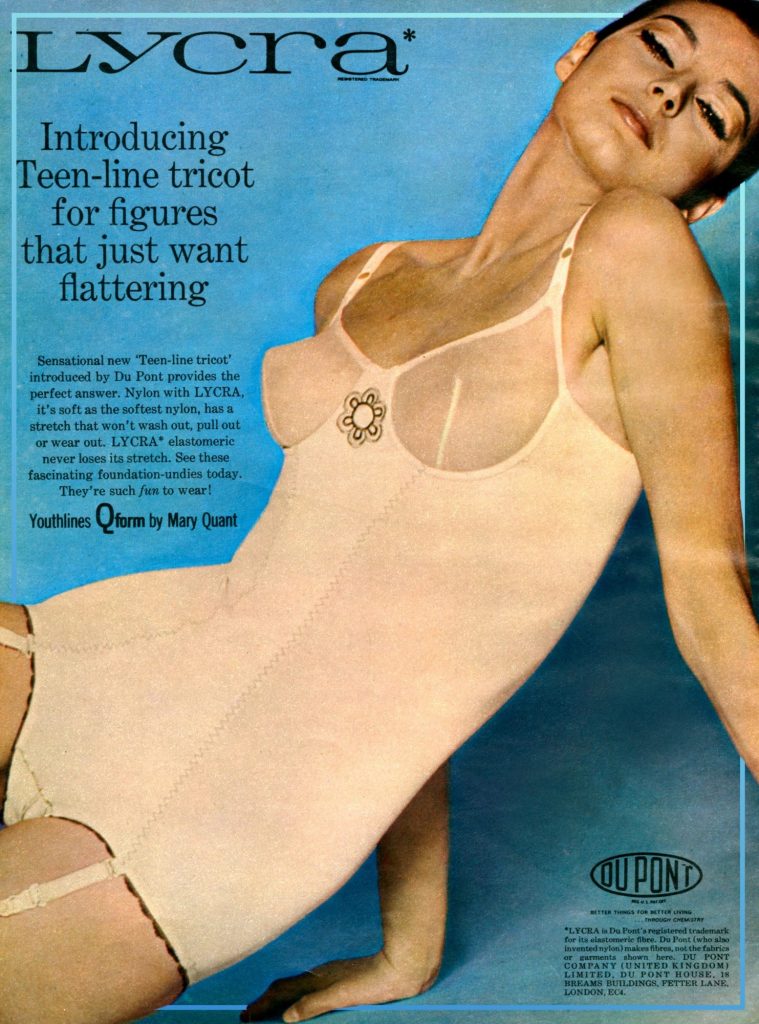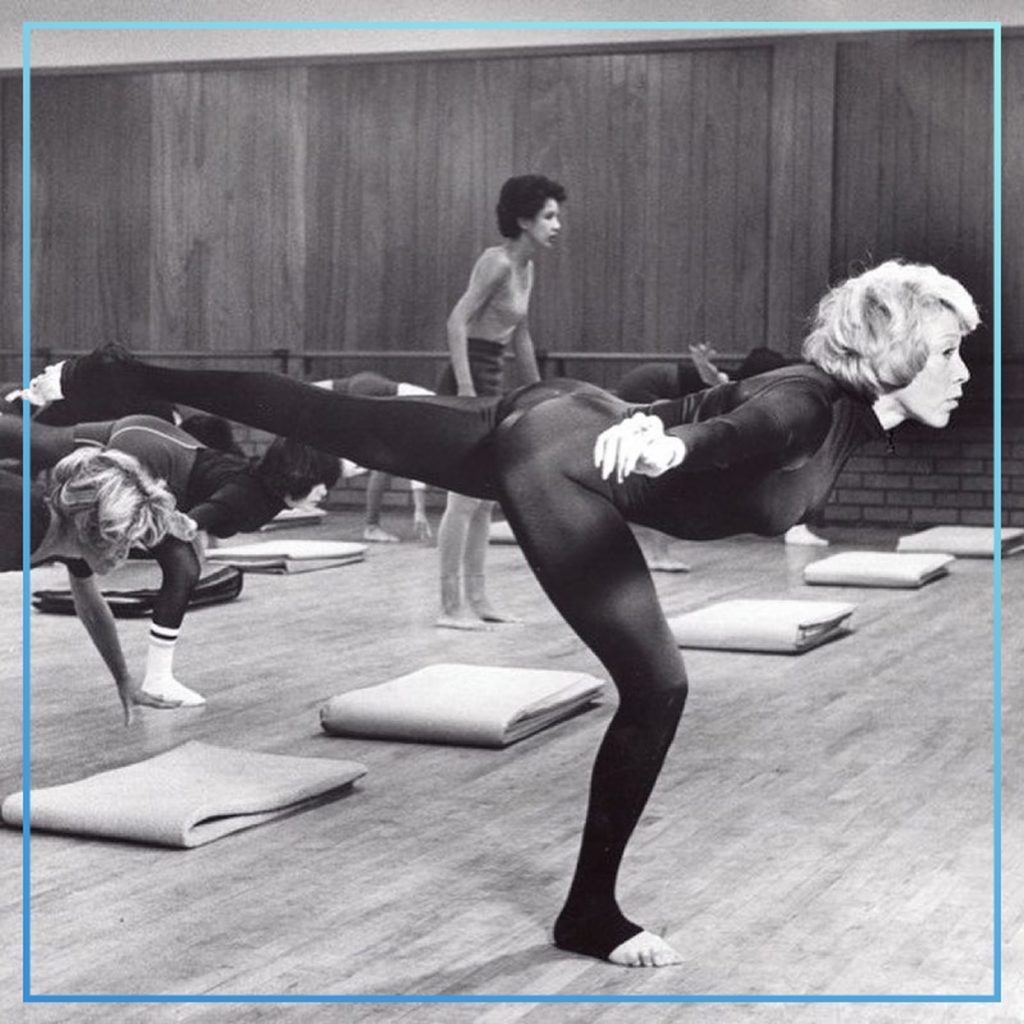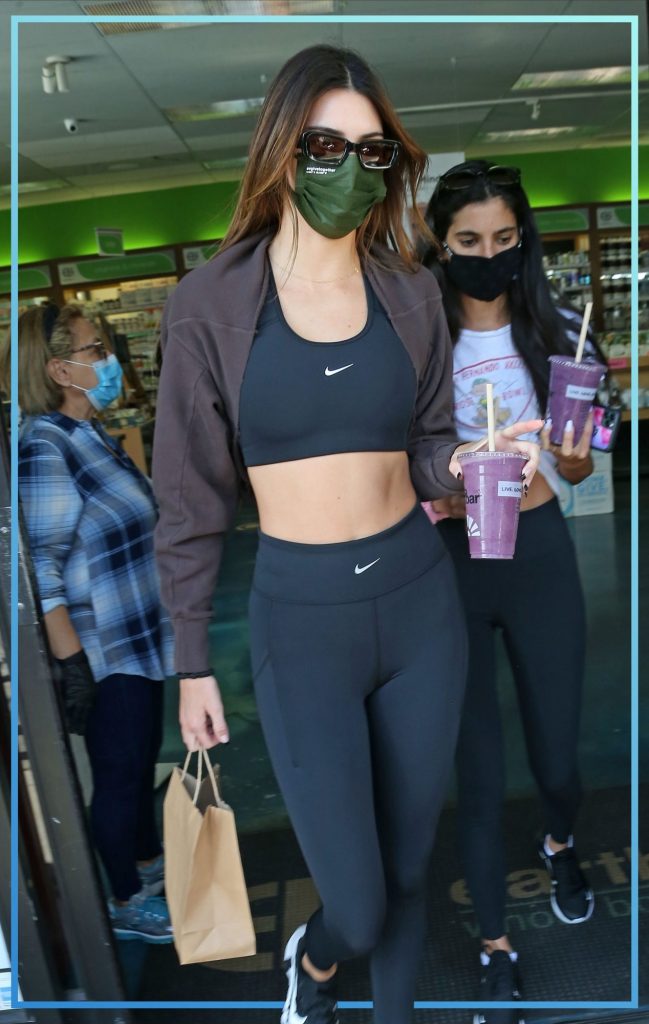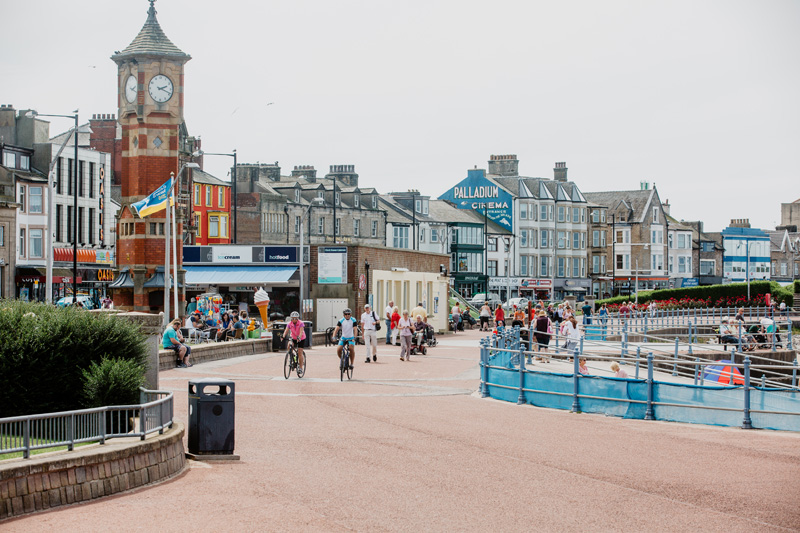All the latest dance, theatre, and stage news from Dincwear Dancewear.
Sam Ryder “couldn’t be happier” following record-breaking Eurovision success with SPACE MAN.
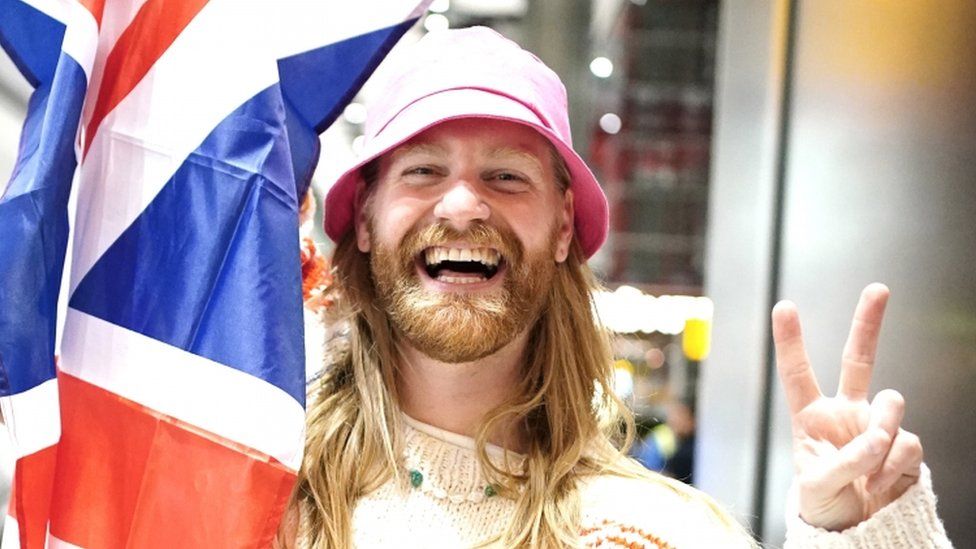
Sam Ryder has said he “couldn’t be happier” to return home after his record-breaking success at Eurovision over the weekend.
The TikTok star came in second place in Eurovision with the song SPACE MAN – not only the UK’s best-performing entry since Imaani in 1998, but with a total of 466 points, also became the highest-scoring UK Eurovision entry of all time.
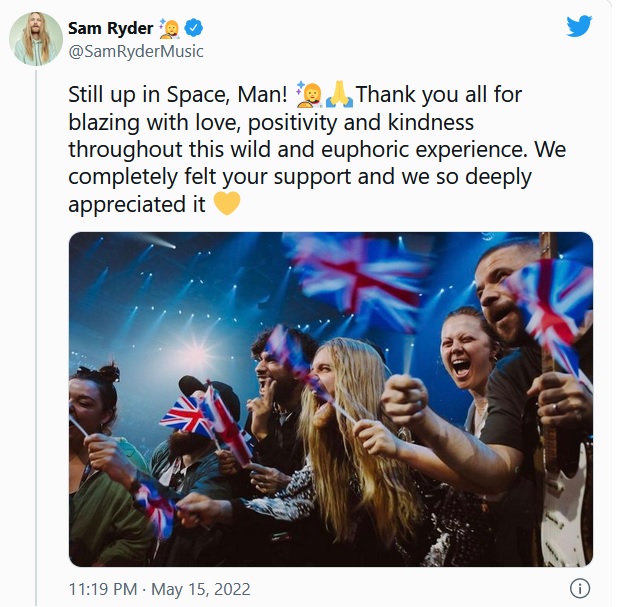
Now, Sam has made the journey from Space (well, Turin) back down to Earth, as he returns home having re-invigored the country’s belief in Eurovision and that when we try our best, we might actually be…whisper it…good at it. “It’s just lovely to come home and feel that joy and love we’ve felt the whole time,” Sam told press at Heathrow Airport. “Though I am tired now – just want to focus on having a nice sleep tonight.”
SPACE MAN became the highest-scoring UK entry in the history of the competition.
}—–{
Alfie Boe and Sarah Brightman to release God Save The Queen duet.

The regal record will be a double-A-side, with the new duet sung by Alfie Boe and Sarah Brightman along with the NHS Care Choir on the A-side and the original recording of God Save The Queen from the Queen’s coronation on the B-side. The song was first released on LP in 1953 and was then later reissued on CD in 1997.
SarahBrightman also revealed that the single’s proceeds will be donated to the British Red Cross, of which the Queen is a patron. The classical singer said: “It’s for, what I’m told is, one of the Queen’s favourite charities, which is the British Red Cross, which helps people in crisis all over the world. They’re an amazing charity.” She added: “It’s been such a pleasure to do and we’ve had fun putting it all together with wonderful producers and everybody on the record.”
Speaking on live television, Brightman praised the Queen ahead of the Jubilee celebrations, saying: “What’s so lovely is it’s for an amazing woman who has reigned for so long and done such an amazing job and worked so hard. “She’s there for us when things are not good and we feel secure with her. In a way, she’s the backbone of this country. “And I feel very, very proud, and I know Alfie does, to be British because of her.”
The NHS Voices of Care Choir features the voices of health service employees and was originally put together by music producer James Hawkins.
}—–{
Former Emmerdale star Adam Thomas ‘signing up for Strictly Come Dancing’.

Former Emmerdale actor Adam Thomas is rumoured to be the first celebrity to ‘sign up’ for this year’s Strictly Come Dancing.
Adam, 33, is said to be in talks with BBC bosses to star in series 20 of the dance competition show, which will air in autumn this year. He played Adam Barton in the ITV soap until his departure in 2018, and his brother Ryan, 37, stars in Coronation Street.
The star came third in the 2016 run of I’m A Celebrity… Get Me Out of Here! And In 2019, Adam was announced as the host of the I’m A Celeb spin-off, Extra Show.
A source told the press: “Adam has got what it takes to win and is already practising his moves. And he’s got a big female fanbase. “This has been a little while in the making but it’s happening this year.”
It is also reported that Strictly bosses were also looking to sign Adam’s older brother Ryan, who played Jason Grimshaw on the cobbles of Coronation Street for 16 years.
}—–{
Cast for Bugsy Malone tour announced.
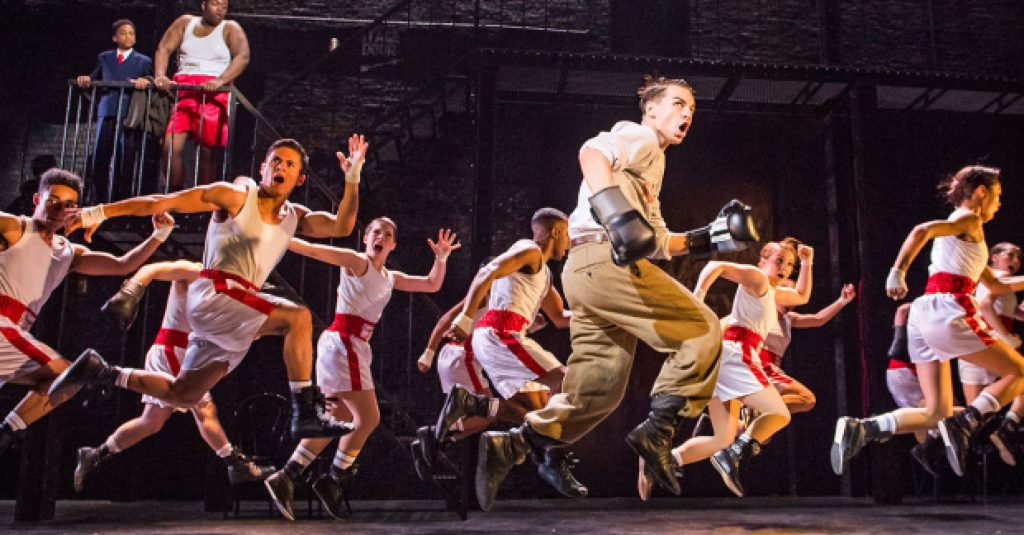
Presented by Theatre Royal Bath Productions, Birmingham Rep and Kenny Wax, Alan Parker’s stage show features a score by Paul Williams and is based on the 1976 movie of the same name. Songs include the likes of “You Give A Little Love”, “My Name is Tallulah”, and “Fat Sam’s Grand Slam”.
Sean Holmes directs the show, which has choreography by Drew McOnie and design by John Bausor. Also in the creative team are Franny-Anne Rafferty (associate director), Phil Bateman (musical supervisor, arranger and orchestrator), Phil Gladwell (lighting designer), Ben Harrison (sound designer), Connagh Tonkinson (musical director), Leanne Pinder (associate choreographer), Richard Weedon (orchestral manager), Verity Noughton (casting director for the unders), Will Burton (casting director for the overs) and Susannah Peretz (wig designer).
The lead roles will be performed by three young casts of seven in rotation. Bugsy Malone will be played by Shaun Sharma, Gabriel Payne and Amar Blackman, Blousey Brown by Mia Lakha, Delilah Bennett-Cardy and Avive Williams, Fat Sam by Albie Snelson, Isham Sankoh and Charlie Burns, Tallulah by Taziva-Faye Katsande, Jasmine Sakyiama and Fayth Ifil, Fizzy by Aidan Oti, Jamie Northey-Dennis and one other performer (yet to be announced), Lena/Babyface by Cherry Mitra, Kayla-Mai Alvares and Ava Hope Smith and Dandy Dan by Rayhaan Kufuor-Gray, Kit Cranston and Desmond Cole.
They are joined by adult ensemble members: Georgia Pemberton, Alisha Capon, Lucy Young, D’Mia Lindsay Walker, Jessica Daugrida, Alicia Ally, Alicia Belgarde, Esme Bacalla-Hayes, Luchia Moss, Kalifa Burton, Rory Fraser, Andile Mabhena, Thomas Walton, Ru Fisher, Mohamed Bangura, Marcus Billany, Luke Mills and Will Lucas.
Based on Lyric Hammersmith’s five-star revival of Parker’s seminal musical, the show will open at Theatre Royal Bath with performances from 2 July 2022, followed by Birmingham Rep from 27 July 2022. After that it will visit Newcastle Theatre Royal, Mayflower Theatre, Southampton, Leeds Grand Theatre, Glasgow Theatre Royal, Belgrade Theatre, Coventry, Oxford Playhouse, Sheffield Lyceum Theatre, Leicester Curve, Milton Keynes Theatre, Theatre Royal Plymouth, Hull New Theatre, Nottingham Theatre Royal, Manchester Opera House, Edinburgh Playhouse, Southend Cliffs Pavilion, Cardiff’s Wales Millennium Centre and Marlowe Theatre, Canterbury with more venues to be announced.
Famous for casting children in adult roles, the musical is set in prohibition-era New York and features a gang of mobsters, showgirls, a penniless boxer, a seductive songstress and a plethora of flying custard pies.
The touring production will comprise of a young company of 39 actors, including three teams of seven kids.
}—–{
Footloose performance at Malvern Theatres cancelled amid safety concerns.
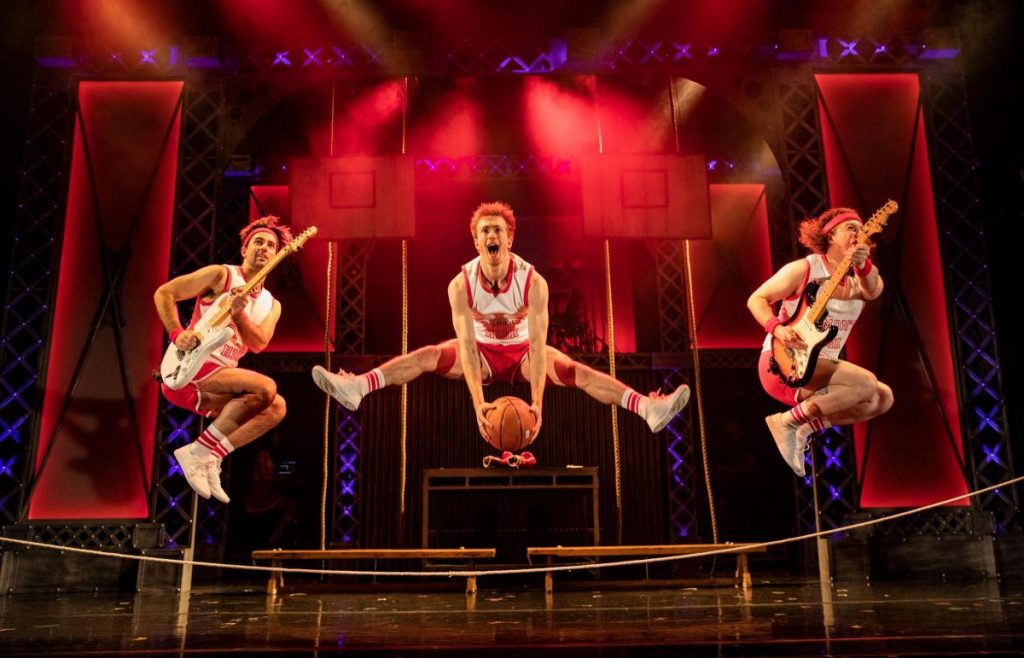
An opening night performance of Footloose at Malvern Theatres on Monday, May 16 was cancelled after the audience was already seated. A spokesperson from Malvern Theatres said: “Regrettably, last night’s performance of Footloose the Musical was cancelled due to the touring production team facing technical obstacles which resulted in the performance being unable to go ahead.
“All customers who attended are being offered a full refund, as well as complimentary tickets for another performance of Footloose, or any other show of their choice this year.
“We empathise with all of our customers who visited us last night and experienced the disruption and inconvenience, for which we apologise. “The touring company did not have enough time to fully install all the set, and it was a decision made on behalf of the cast and crew’s concern for health and safety. “Those who attended have been offered a free refund for last night, plus tickets to another show at Malvern Theatres, either to another performance of Footloose (it runs until Saturday, May 21) or any other show we’re hosting this year.”
The show is based on the 1980s film and is currently starring Jake Quickenden best known for the X-Factor, I’m a Celebrity Get Me Out of Here and Dancing on Ice.
A spokesperson from the show said: “Based on the 1980s screen sensation which took the world by storm, Footloose sizzles with spirit, fun and the best in UK musical talent. “With cutting edge modern choreography, you’ll enjoy classic 80s hits including Holding Out for a Hero, Almost Paradise, Let’s Hear It For The Boy and of course the unforgettable title track Footloose.
“City boy Ren thinks life is bad enough when he’s forced to move to a rural backwater in America. “But his world comes to a standstill when he arrives at Bomont to find dancing and rock music are banned. “Taking matters into his own hands, soon Ren has all hell breaking loose and the whole town on its feet.”
Dincwear Dancewear will keep watching the news and bring you further updates in the next edition.
View The Strictly Stars Wearing Dincwear Dancewear


From all the news team at Dincwear Dancewear, See you all next week!
This post has been created by the Dincwear Dancewear Team.


